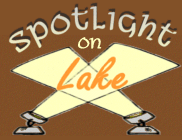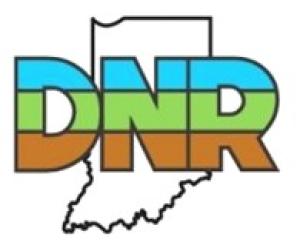
2024-25 Fishing Guide now available
Our latest Fishing Guide features women anglers, responsible fishing practices, a delicious French-style walleye recipe, and the regulations you need for having a successful day fishing in Indiana’s waters.
You can find the free guide online or pick up a hard copy at your local license retailer.

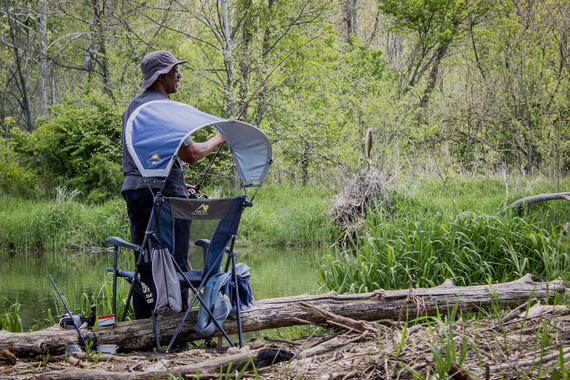
Renew your hunting, trapping, and fishing licenses now
The only thing better than being able to hunt, trap, and fish in Indiana is conserving the land you love. Why not do both? Your license purchases help conserve Indiana’s public lands. Your 2023-24 licenses expire at the end of March. Renew yours today to continue to contribute to Indiana’s fish and wildlife.

Cluck of the draw: Apply for a reserved spring turkey hunt
Clean firearm, check. Buy turkey loads, check. Apply for hunt: do it now.
DNR’s reserved draw system is accepting applications for spring turkey hunts through March 17. We offer opportunities for a variety of properties, including private lands, DNR public lands, and federal properties.
Note that you must possess a hunting license that is valid for the hunt for which you are applying. Although there is no fee to enter, you must add the draw to your cart, check out, and place your order. Make sure to submit your application to be entered into a draw.
Want to see your odds of getting drawn? Our reserved draw webpage shows past application numbers for each property. Be sure to check out our property-specific fact sheets for more information and regulations before applying.
Youth spring turkey hunts on DNR properties: Youth hunters may apply March 18-28 for reserved youth turkey hunts on DNR properties during the youth turkey hunting season. The 2024 youth turkey hunting season is April 20-21. More information regarding the application process will be available in the coming weeks. Find more information about the participating properties and youth turkey hunt regulations on our website.
Youth spring turkey hunts on other properties: There are also spring turkey reserved hunt opportunities for youth hunters currently accepting applications on our reserved hunts page. Youth hunters can apply now until March 17 for a spring turkey hunt at Muscatatuck National Wildlife Refuge or an Indiana Private Lands Access program property. You can view these opportunities at https://on.IN.gov/reservedhunt.
Natural Resources Commission Updates

Public comment period open for proposed changes to deer hunting rules
Indiana’s Natural Resources Commission (NRC) has opened a public comment period for proposed changes to Indiana’s deer hunting rules before they vote on the proposed changes. Most proposed changes intend to simplify Indiana’s deer hunting rules so they are easier to understand.
Public comments can be submitted online. Locate the “Submit Comments Here” link in the Rules Docket for the Deer Hunting Rule Amendments Proposal. The deadline for public comments is March 20. The public hearing will be held on Wednesday, March 20, from 4–8 p.m. ET both online and in person at the Fort Harrison State Park Inn’s Roosevelt Ballroom. To attend the public hearing online, go to Microsoft Teams and enter Meeting ID: 296 491 887 327, Passcode: xTCuyW starting at 4 p.m. ET on March 20.
For more information on the proposed rule changes, visit our rule and regulations changes web page. Questions about the proposed deer hunting rule changes should be directed to 812-334-3795 or indeerhotline@dnr.IN.gov.

Public comment period open for proposed changes to river otter trapping rules
The Natural Resources Commission (NRC) has opened a public comment period for proposed changes to Indiana’s river otter trapping rule before they vote on final adoption of the proposed changes.
Indiana DNR is proposing to open otter trapping statewide but keep all other otter regulations the same. The proposed changes will allow otters to be trapped statewide, allowing people to handle emerging wildlife conflicts in all counties and simplify the otter regulations. The DNR is confident the change will not negatively affect river otter populations, which staff will continue to monitor.
Public comments can be submitted online. Locate the “Comment on this rule” link in the Rule Docket for the River Otter Trapping Rule. The deadline for public comments is April 11.
Questions about the proposed otter trapping rule changes should be directed to Geriann Albers at 812-822-3304 or galbers@dnr.IN.gov. Visit our website for more information on the proposed rule changes.
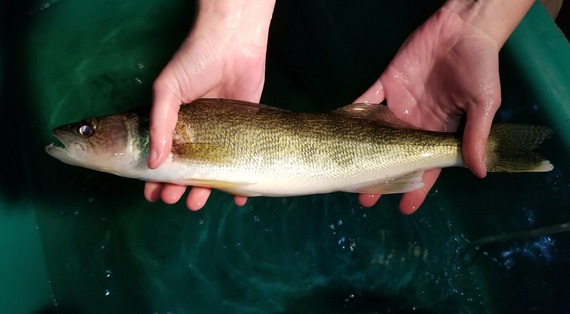
You’re invited: Join the 2024 Midwest Walleye Challenge
Indiana anglers are invited to participate in the 2024 Midwest Walleye Challenge, a virtual fishing tournament that offers the opportunity to win prizes and contribute to fisheries management by providing Indiana DNR fisheries biologists valuable data on the state’s walleye, sauger, and saugeye populations. The tournament runs from March 30-June 30.
Anglers will be able to submit both their catches and their time on the water for multiple categories, including a “Tough Luck” category for those who log fishing trips but don’t catch anything, a “Most Waterbodies Fished” category for those who log trips from multiple rivers, lakes, and streams, and a standard “Longest Fish” category, in addition to random prize drawings for everyone who takes part. Participants will use the free mobile app, MyCatch, to submit photos of their catch on a measuring device so length and species can be determined. Once the photo is reviewed, and the catch is confirmed, it will appear on a live leaderboard so anglers can see their current ranking in the tournament.
Interested in participating? View the rules, register for the tournament, and join the fun!
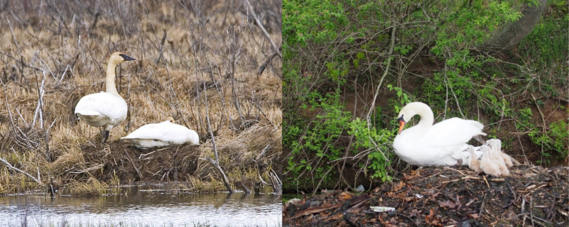
On the left: Trumpeter swans. On the right: Mute swans.
Are you seeing nests of our state endangered swan?
March is the beginning of peak nesting season for Indiana’s state-endangered trumpeter swan. During the nesting season, it is possible to see trumpeter swans in the northern third of the state, especially Lake, Laporte, Kosciusko, LaGrange, Noble, Steuben, and St. Joseph counties, where they have ample habitat. Hunted to near extinction in the 1900s, the species has made great strides in population numbers, largely due to the passage of the Migratory Bird Treaty Act. Large, open bodies of shallow water with abundant aquatic plants are the preferred habitat of trumpeter swans, and there is potential to see the number of trumpeters increase in northern Indiana; however, the species’ recovery in Indiana isn’t out of the water yet.
Loss of habitat is the No. 1 reason for species decline across the globe, with the presence of invasive species being the second largest reason. Invasive mute swans throughout Indiana pose a threat to trumpeter swans. Mute swans are an aggressive bird that can negatively impact trumpeter swans through direct killing of adults and their young, outcompeting them for available nesting spaces, and destroying the vegetation on our bodies of water. Managing mute swans has been shown to be an effective method for increasing trumpeter swans in other states.
Use these helpful tips to distinguish between the native trumpeter swan and the invasive mute swan:
- Trumpeter swans have black bills and legs. Mute swans have orange bills with black knobs.
- Trumpeter swans hold their necks straight when swimming in water and flying. Mute swans hold their necks in an “S” shape.
- Trumpeter swan numbers increase in winter in southwest Indiana and in the spring can be more common in the northern third of Indiana. Mute swans can occur statewide but are more common in the north.
Learn more about our endangered wildlife or find more information on mute swan management on our website.
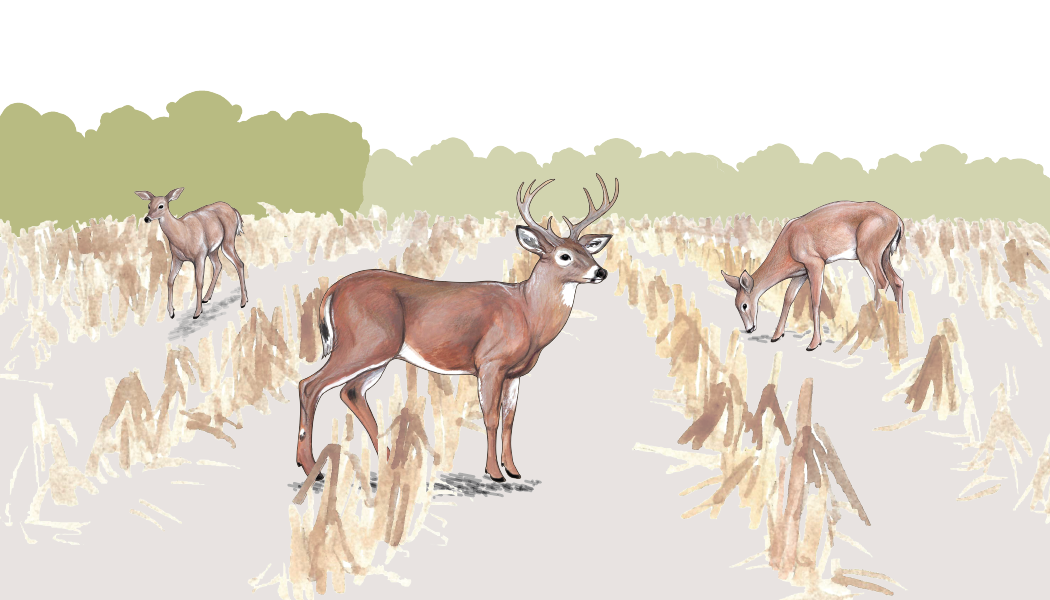
Illustrations from the CWD Web App, courtesy of Purdue University.
Help scientists research chronic wasting disease management
Researchers at Purdue University are studying the willingness of hunters and nonhunters to help reduce the spread of chronic wasting disease (CWD) in white-tailed deer. CWD is a fatal neurological disease affecting deer and is caused by an infective protein (prion) that damages the animal’s nervous system. CWD is contagious to deer and can spread through deer-to-deer contact or through contaminated environments. To date, CWD has not been detected in Indiana. No cases of CWD have been recorded in humans.
Researchers at Purdue University are seeking volunteers to participate in this research study. Information collected may help inform Indiana DNR’s response to CWD. Participants will answer online survey questions and use a web app that shows how CWD may spread. The activity and survey questions take about 30 minutes to complete. The study is open to everyone 18 years or older. All that is required to participate is a computer or tablet. Follow this link to Purdue’s website to participate in the study.
For questions about this study, please email the research team at cwdwebapp@purdue.edu.
Please reference the following in the email: Study title - Web App Use and Intention to Reduce Chronic Wasting Disease Spread; Principal Investigator – Dr. Patrick Zollner; IRB Number – IRB-2023-1039.
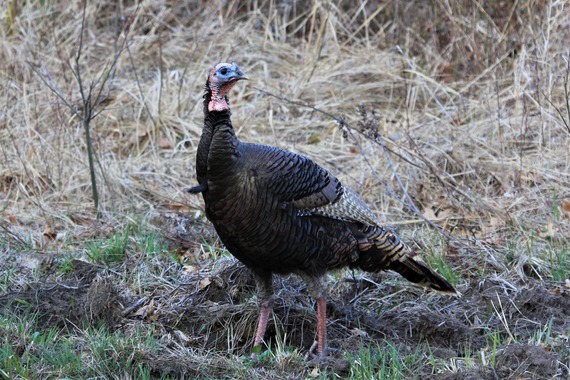
Hear sounds of spring at a Fish & Wildlife area near you
As spring approaches, so does the volume: Male wild turkeys, called gobblers or jakes depending on their age, will become more vocal. The male turkeys will strut and puff out their feathers to display dominance and attract hens. In ideal conditions, their gobbles can be heard from up to a mile away.
Plan to wake early if you want to hear their spring sounds—daily gobbling activity is most prevalent in early mornings, about 45 minutes before the sun comes up until the turkeys leave their roost before sunrise. Spend a calm, crisp morning outdoors listening for turkey gobbles at the nearest Fish & Wildlife area near you. Contact the property before your visit to learn more about turkey viewing guidelines.
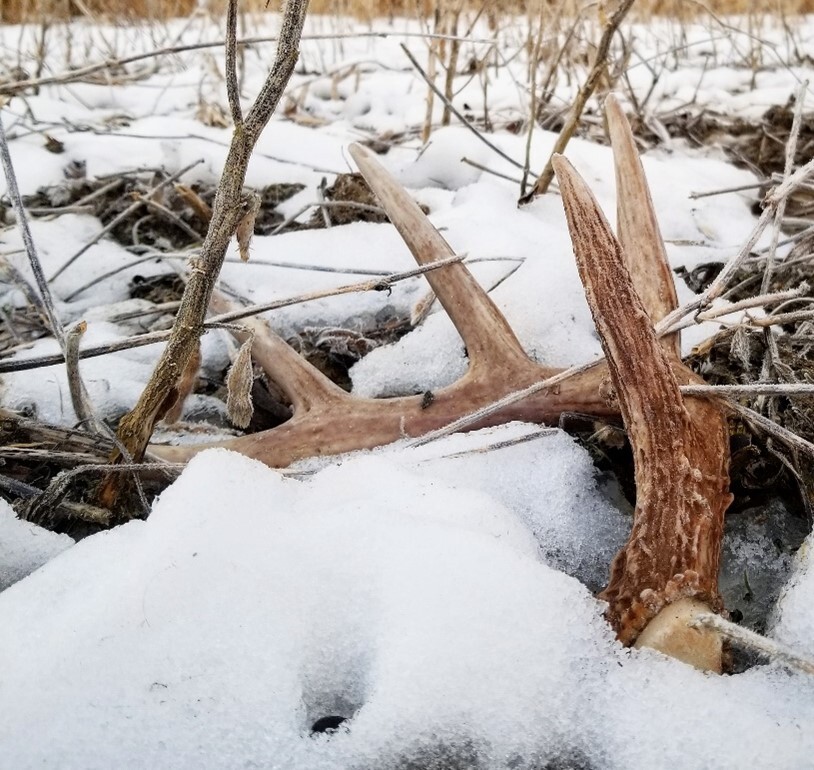
Shed your fear, spring is here: Go shed hunting
The prep for deer season is starting. March is a great time to go out to your favorite hunting spots and look for shed antlers. Finding sheds is a great way to know if a buck is in the area. It’s also an excellent way to enjoy an afternoon in the woods. Bring some bug spray and grab your boots and your backpack.
For more information on property regulations, see our deer webpage.

A capture from the Goose Pond webcam of barn owls in a nest box.
Love is in the nest: Barn owl breeding season begins
Love is in the air for one of Indiana’s state endangered birds! As March kicks off, barn owls begin to search for a mate and a safe place to nest. The male barn owl will often scope out a location for the female to nest safely, then present her with rodents as a gift. However, finding a nest site can be difficult for the male, as barn owls are cavity nesters, which means they like to sleep in confined spaces. DNR’s installed nest boxes provide a perfect space that females often find attractive. Once they mate, females will begin to lay eggs, having an average clutch of five eggs.
This is the perfect time of year to spot male and female barn owls in grasslands. Want to watch them from the comfort of your home? View our Barn Owl Nest Box webcam to see any current nests. To support Indiana’s endangered wildlife, donate to the Indiana Nongame Wildlife Fund.
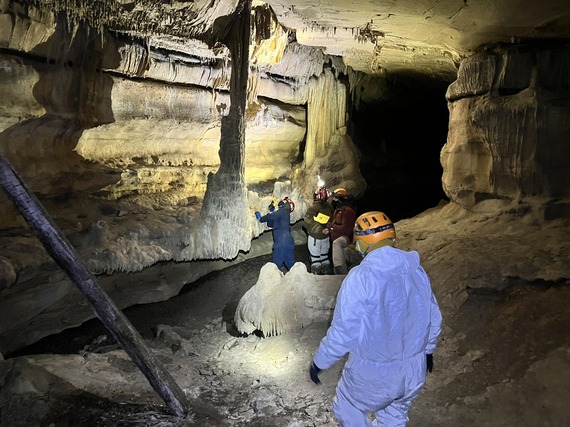
Goodnight, bats: DNR biologists conduct cave surveys during bat hibernation
Did you know that birds aren’t the only ones that fly south for winter? Some of Indiana’s bat species do too, while others hibernate. Biologists can assess the health of bat populations when the bats are hibernating, counting and examining them. Biologists can monitor the bats for diseases, such as white-nose syndrome, and other factors that might be affecting populations.
After DNR mammalogists wrap up cave surveys in February, bats will become much more active across Indiana in March. Cave-hibernating bats such as the Indiana bat will wake up and fly to summer foraging and roosting habitat, while migratory bats such as the hoary bat will return from the south. Learn more about Indiana’s bats and find a volunteer opportunity on our website to help conservation efforts.

Make a wild difference: Donate to the Indiana Nongame Wildlife Fund
Did you know you can donate from your tax return to help conserve rare and endangered species? The Indiana Nongame Wildlife Fund relies on donations to manage habitat and conduct research for the 750 unique species it protects. Having healthy, diverse wildlife populations positively impacts our quality of life as humans, and the health of the larger ecosystem we share.
For every $5 donated, the DNR receives $14 to care for Indiana’s species of greatest conservation need, thanks to a federal matching program.
To donate on your Indiana state taxes using paper forms, use the Schedule 5/Schedule IN-Donate form. Watch this video for more details or donate online. If you plan to use an online tax preparation program, you will be prompted to donate at the end of the filing process. If filing through a tax preparer, direct your preparer to the Schedule 5/IN-Donate (also referred to as IN Schedule 5-Credits).
Recent news releases
DNR Recreation and Fishing guidebooks are online
Hoosier anglers can join Midwest Walleye Challenge
Reserved spring turkey hunt applications open Feb. 19
Barn owls take residence at Goose Pond Fish & Wildlife Area nest box
Upcoming events
- March 9 – Goose Pond Reads, Goose Pond FWA
- March 13 – J.C. Murphey Lake Renovations Open Meeting, Willow Slough FWA
- March 30 – Woodcock Walk, Goose Pond FWA
-
April 8 – Total Solar Eclipse, State of Indiana
More
- Buy a license
- Hunting information
- Where to Hunt
- Fishing information
- Where to Fish
- Fish & Wildlife properties

The Indiana Natural Resources Foundation celebrates and preserves Indiana’s natural legacy by raising funds to support the Indiana Department of Natural Resources (DNR) and its programs. Together, we have helped expand public lands, restore wildlife habitat, and create outdoor educational and recreational opportunities for Hoosiers.
About Fish and Wildlife Management in Indiana
Fish and wildlife management and public access are funded by fishing and hunting license revenue and also through the Wildlife and Sport Fish Restoration Programs administered by the U.S. Fish & Wildlife Service. These programs collect excise taxes on sporting arms and ammunition, archery equipment, fishing equipment, and motor boat fuels. The money is distributed among state fish and wildlife agencies based on land size and the number of licensed anglers and hunters in each state. Find out more information about fish and wildlife management in Indiana at Wildlife.IN.gov.
